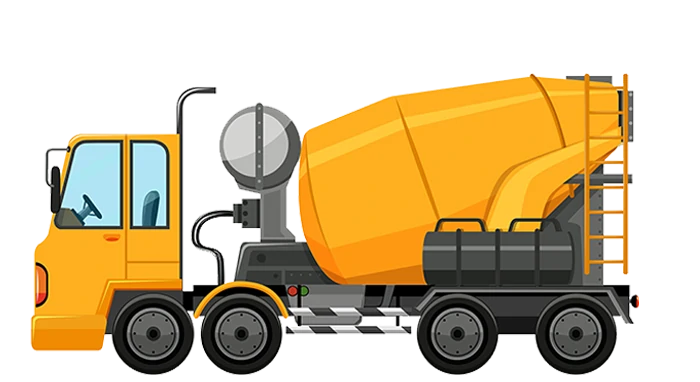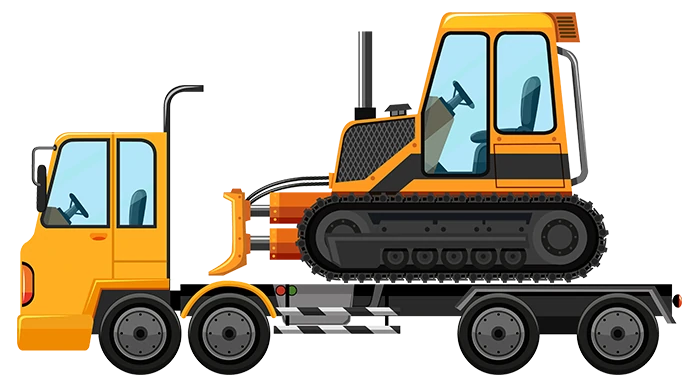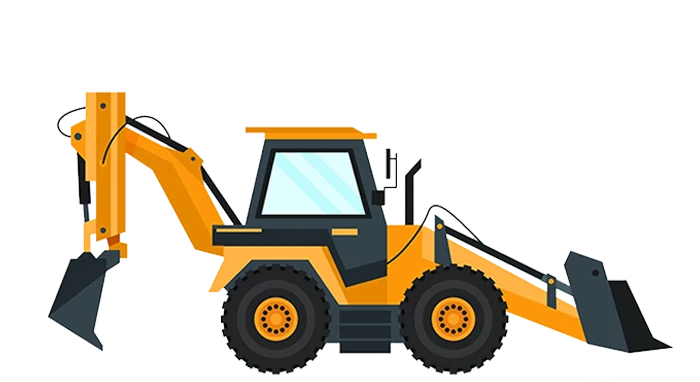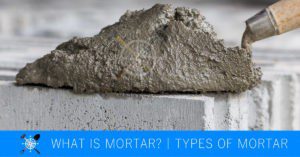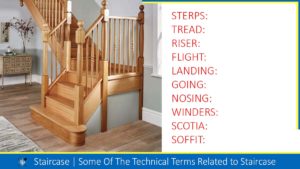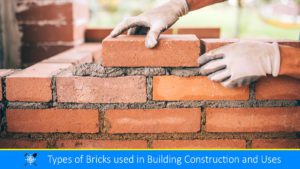Introduction
Thermo-mechanically treated steel bars are an essential material for construction projects, and two popular types of deformed bars are TMT and TMX steel. Both types are made from carbon steel and are designed to provide tensile strength to concrete structures. While they share some similarities, there are also differences between them.
This article aims to enlighten you by making comparisons between the two popular deformed bars which are popularly used in construction projects. The comparison is made in their properties, practical application and many more.
What is TMT?
TMT stands for Thermo-Mechanically Treated rebar, which is a type of reinforcement steel made from carbon steel that undergoes a specialized thermo-mechanical treatment process. This process enhances the strength and ductility of the steel, making it ideal for use in concrete reinforcement. The technology employed for manufacturing is called ‘TEMPACORE’ which is Belgium’s technology.
The process of manufacturing steel in this technology involves subjecting the steel to repeated cycles of heating and cooling under controlled conditions, followed by rapid quenching in water. As a result, the steel becomes stronger and more ductile. TMT rebar is particularly suitable for use in construction projects located in earthquake-prone areas because of its high strength and ductility. The repeated heating and cooling during the manufacturing process make the steel more ductile, while a protective oxide layer on its surface enhances its corrosion resistance.
The TMT rebar can have a definite yield point and can resist high temperatures up to 500°C without losing its
strength. They are more ductile compared to Cold Twisted Deformed bars or TOR (Twisted Oval Reinforced) bars.
These bars can be used for general concrete reinforcement in buildings, bridges and various other concrete structures. They are highly recommended for use in high-rise buildings because of the savings in steel due to the higher strength.
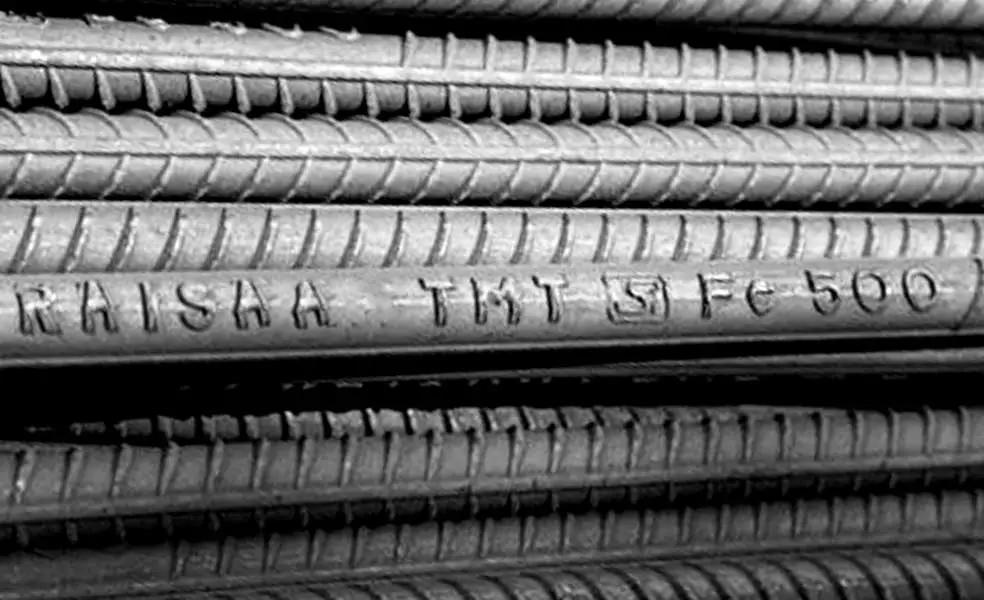
What is TMX?
TMX stands for Thermo-Mechanically Expanded. TMX rebar is a reinforcement bar made from carbon steel that is expanded in diameter through a process known as Thermo-Mechanical Expansion. Thermex steel bars are manufactured using German technology known as ‘THERMAX’.
The process of manufacturing steel in this technology involves heating the steel to a high temperature and passing it through a series of dies designed to expand its diameter. The expansion process gives TMX rebar its unique ribbed surface, which enhances the bond between the steel and concrete. The ribs on the surface increase the contact area of the steel with the concrete, improving the bond between the two materials. TMX rebar is strong and has good corrosion resistance, making it a suitable choice for construction projects that require durability.
TMX steels are known to be the strongest TMT steel bar which can be used in all types of construction, including bridges, buildings, dams, etc.
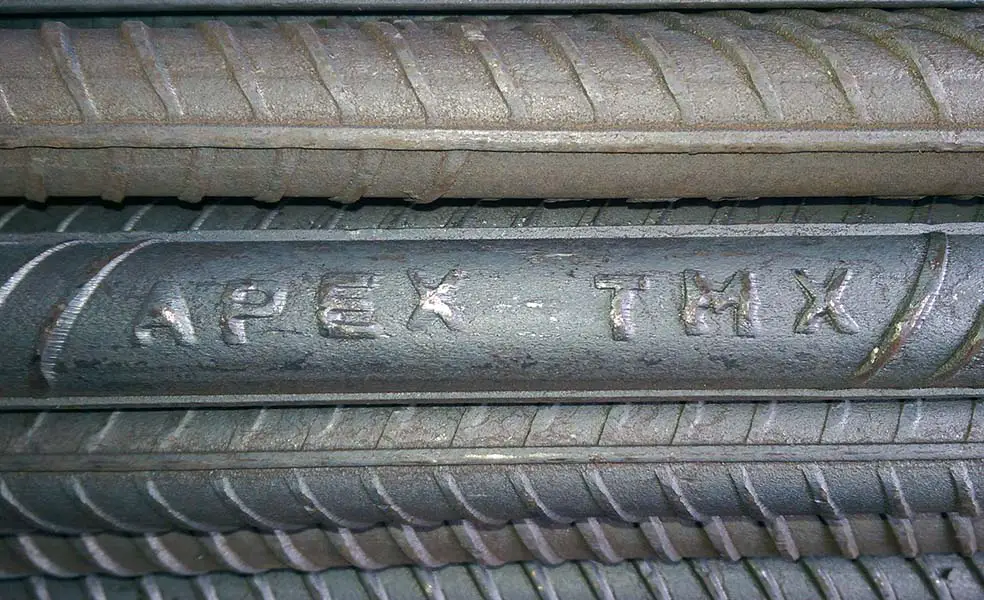
Also, read: How To Calculate Unit Weight of Steel bar
Similarities Between TMT and TMX
1. Material:
Both TMX and TMT rebar are made from carbon steel. This makes them ideal for providing tensile strength to concrete structures.
2. Manufacturing process:
Although the manufacturing processes for TMX and TMT rebar differ, both involve subjecting the steel to high temperatures and mechanical treatment. In both cases, the goal is to increase the strength and ductility of the steel.
3. Ribbed surface:
Both TMX and TMT rebar have a ribbed surface, which helps to improve the bond between the steel and the concrete. This improves the overall strength of the structure.
4. Corrosion resistance:
Both TMT and TMX rebar have good corrosion resistance. This is important in construction projects where the rebar will be exposed to moisture and other corrosive elements.
Also, read: Types of Steels and Their Usage in Construction
Difference Between TMT and TMX
1. Manufacturing process:
TMT rebar is made by subjecting mild steel to repeated heating and cooling under controlled conditions. The process involves rapid quenching of the heated steel in water to make it stronger and more ductile. TMX rebar, on the other hand, is made by expanding the diameter of a hot-rolled bar through a series of dies. The expansion process gives the TMX bar its unique ribbed surface.
2. Strength and ductility:
TMT rebar is known for its high strength and ductility, making it ideal for use in earthquake-prone areas. The rapid cooling process during manufacturing makes the steel stronger, while repeated heating and cooling make it more ductile. TMX rebar is also strong but may not be as ductile as TMT rebar.
3. Corrosion resistance:
TMT rebar has good corrosion resistance due to the presence of a protective oxide layer on its surface. TMX rebar also has good corrosion resistance, but the ribbed surface may make it more susceptible to corrosion in certain conditions.
4. Cost:
TMT rebar is generally more expensive than TMX rebar due to the additional manufacturing processes involved.
Also, read: What is Structural Steel? | Types | Usage
Conclusion
In summary, both TMT and TMX rebar have their advantages and disadvantages, and the choice between the two depends on the specific requirements of the project. TMT rebar is generally stronger and more ductile, while TMX rebar may be more cost-effective in certain situations.
FAQs:
Q: What are the advantages of TMT rebar?
Answer: TMT rebar is known for its high strength and ductility, making it ideal for use in earthquake-prone areas. It also has good corrosion resistance due to the presence of a protective oxide layer on its surface.
Q: What are the advantages of TMX rebar?
Answer: TMX rebar is also strong and has good corrosion resistance. Its ribbed surface improves the bond between the steel and the concrete, improving the overall strength of the structure. TMX rebar may also be more cost-effective than TMT rebar in certain situations.
Q: Which is better, TMT or TMX rebar?
Answer: The choice between TMT and TMX rebar depends on the specific requirements of the project. TMT rebar is generally stronger and more ductile, making it ideal for use in earthquake-prone areas. TMX rebar may be more cost-effective in certain situations, and its ribbed surface can improve the bond between the steel and the concrete. Both types of rebar provide excellent reinforcement for concrete structures.
References:
- Thinley, K. (2012). Quartlery News Letter. Towards Quality Infrastructure. (Volume: I Issue: III). MoWHS
- Duggal, S.K. (2008). Building material. New Age International (P) Ltd., Publishers
- Wikipedia contributors. (2023, November 20). Thermomechanical processing. Wikipedia. https://en.wikipedia.org/wiki/Thermomechanical_processing
- Wikipedia contributors. (2023, March 1). Rebar. Wikipedia. https://en.wikipedia.org/wiki/Rebar
![]()

